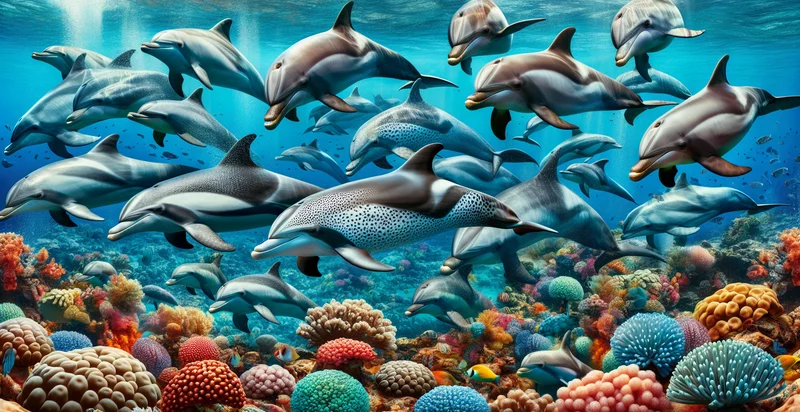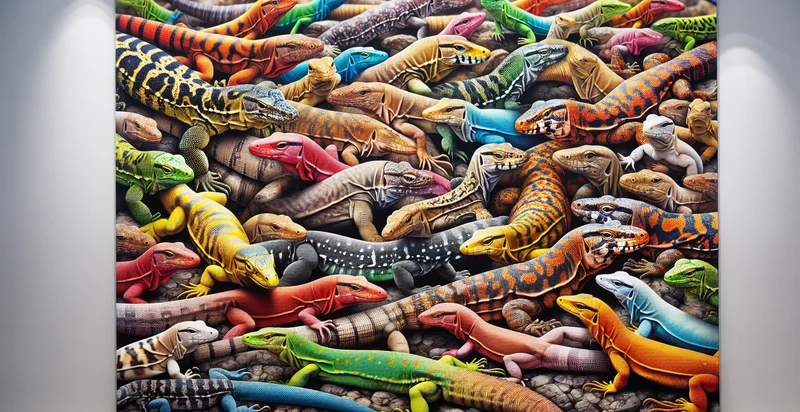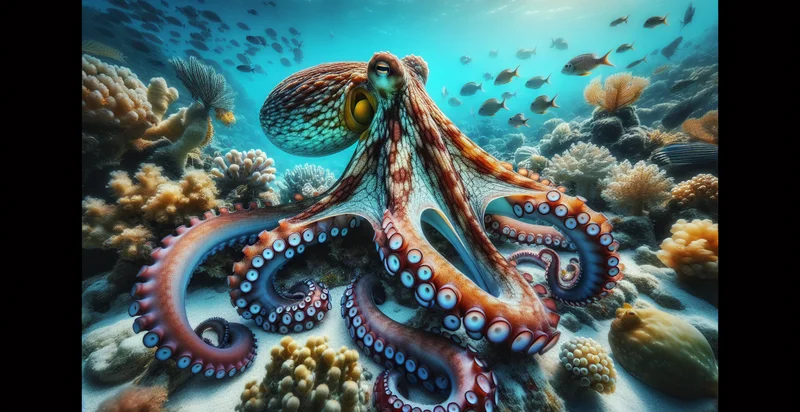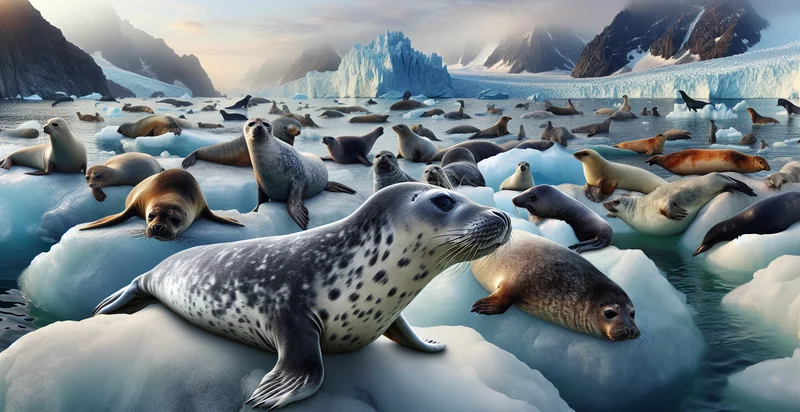Identify dolphin species
using AI
Below is a free classifier to identify dolphin species. Just upload your image, and our AI will predict which species of dolphin it is - in just seconds.

Contact us for API access
Or, use Nyckel to build highly-accurate custom classifiers in just minutes. No PhD required.
Get started
import nyckel
credentials = nyckel.Credentials("YOUR_CLIENT_ID", "YOUR_CLIENT_SECRET")
nyckel.invoke("dolphin-species-identifier", "your_image_url", credentials)
fetch('https://www.nyckel.com/v1/functions/dolphin-species-identifier/invoke', {
method: 'POST',
headers: {
'Authorization': 'Bearer ' + 'YOUR_BEARER_TOKEN',
'Content-Type': 'application/json',
},
body: JSON.stringify(
{"data": "your_image_url"}
)
})
.then(response => response.json())
.then(data => console.log(data));
curl -X POST \
-H "Content-Type: application/json" \
-H "Authorization: Bearer YOUR_BEARER_TOKEN" \
-d '{"data": "your_image_url"}' \
https://www.nyckel.com/v1/functions/dolphin-species-identifier/invoke
How this classifier works
To start, upload your image. Our AI tool will then predict which species of dolphin it is.
This pretrained image model uses a Nyckel-created dataset and has 35 labels, including Common Dolphin and Bottlenose Dolphin.
We'll also show a confidence score (the higher the number, the more confident the AI model is around which species of dolphin it is).
Whether you're just curious or building dolphin species detection into your application, we hope our classifier proves helpful.
Related Classifiers
Need to identify dolphin species at scale?
Get API or Zapier access to this classifier for free. It's perfect for:
- Wildlife Maritime Parks: This function can be used by wildlife maritime parks and aquariums for swift and accurate identification of various dolphin species in their assets, aiding the zookeepers in providing tailored care, feeding, and for educational purposes.
- Marine Research Institutes: Research institutes studying marine life can employ this function to classify various dolphins species in their studies. This can streamline their field research and support them in identifying and conserving endangered species more efficiently.
- Environmental Monitoring: Governmental and Non-Governmental Environmental Bodies can use this multilabel image classification function to monitor dolphin populations, detecting any changes in the diversity of species, signaling possible environmental or climate changes.
- Wildlife Photography: Wildlife photographers can utilize the function to accurately classify dolphin species in their photos. This would not only aid them in captioning and cataloging their works correctly, but also broaden their knowledge on various species.
- Fishing Industry: Commercial fishing companies can use the function to quickly identify dolphin species to avoid illegal fishing or unintentional harm to the protected species, contributing to ethical and sustainable fishing practices.
- Tourism Industry: Tour operators offering dolphin sighting expeditions can use this tool to educate tourists on different dolphin species, enhancing visitor experience while raising environmental awareness.
- Documentaries and Film Making: The film industry, especially creators of nature documentaries, can use this function to identify and provide accurate information about various dolphin species, contributing to the production's accuracy and credibility.


